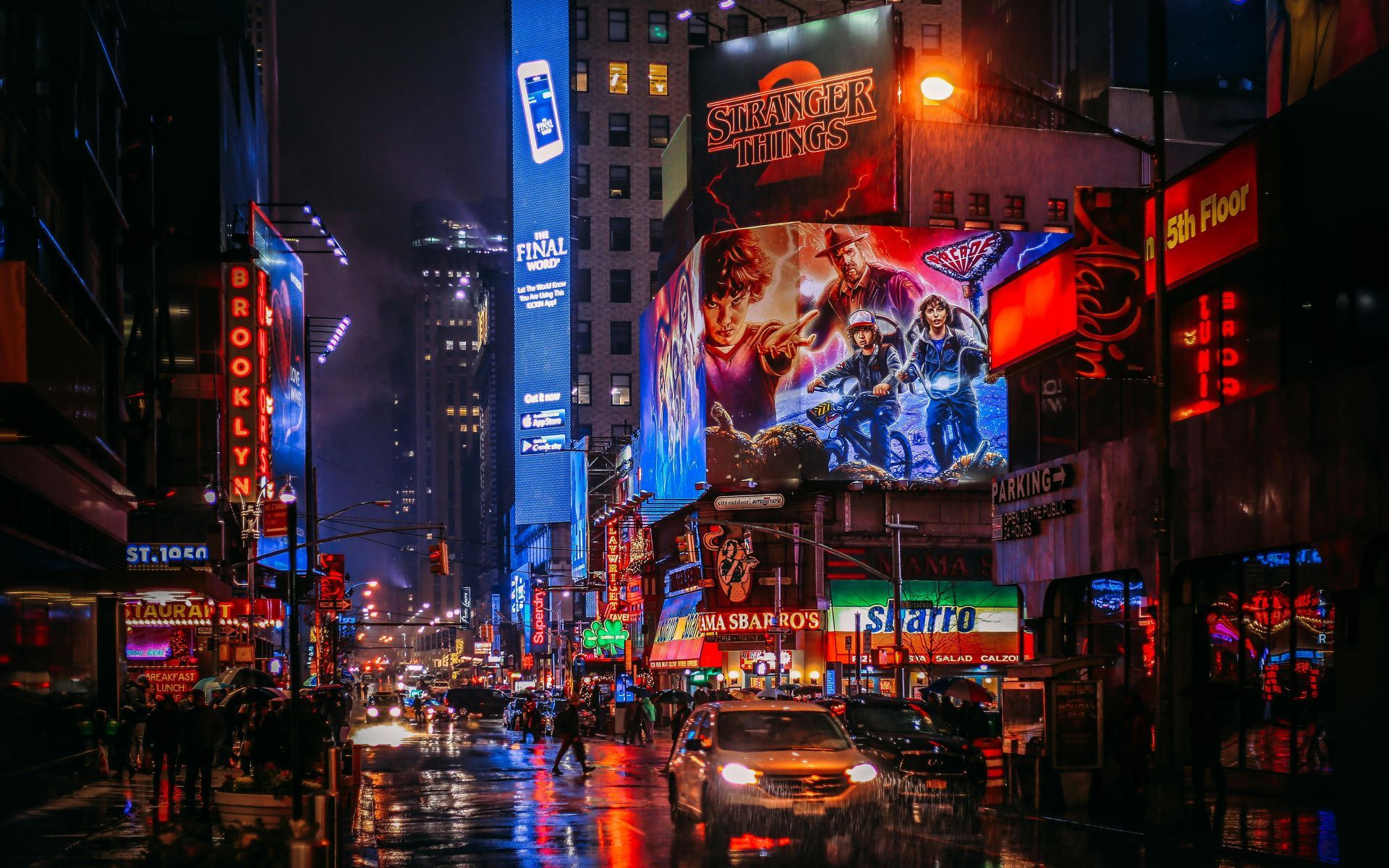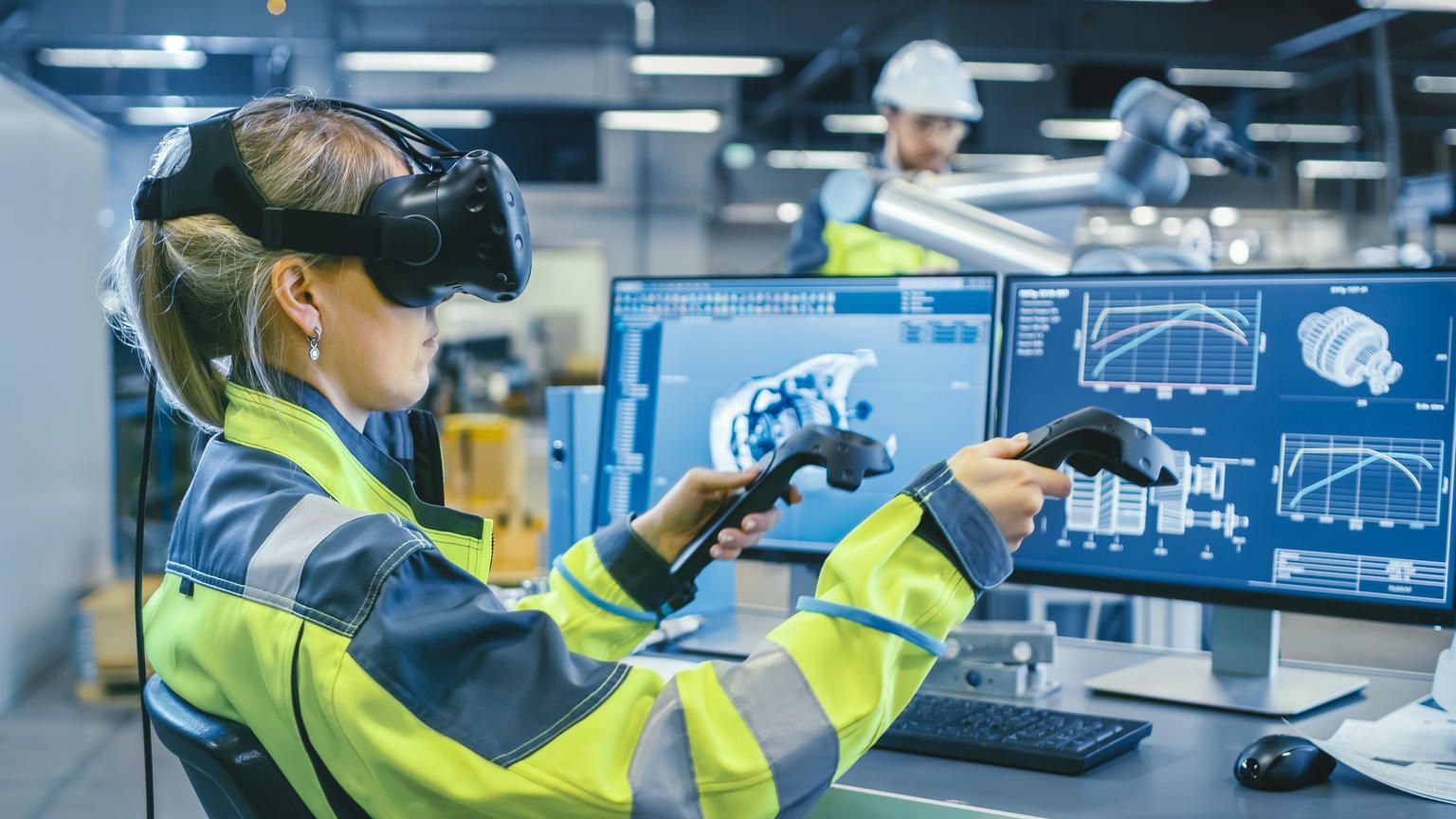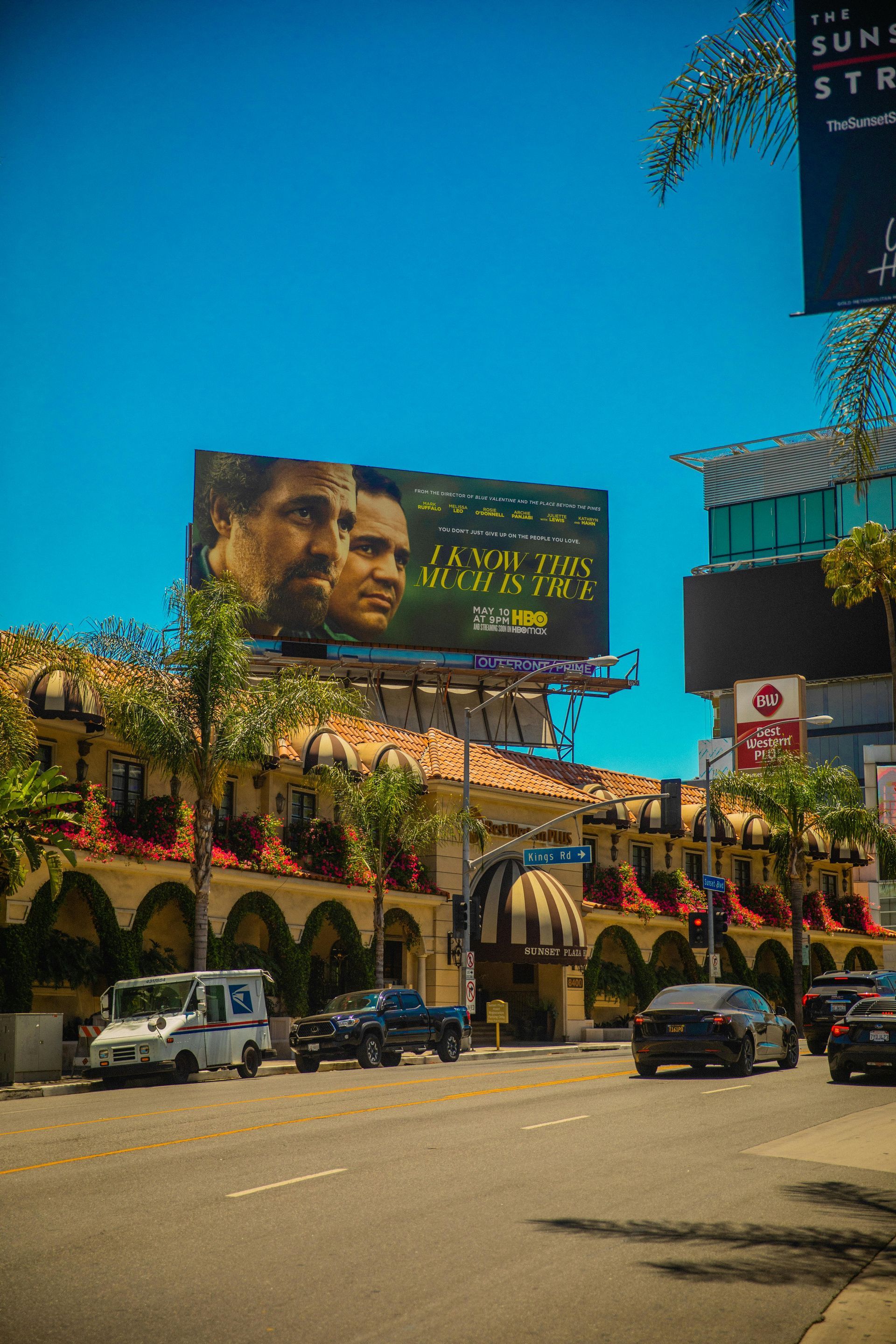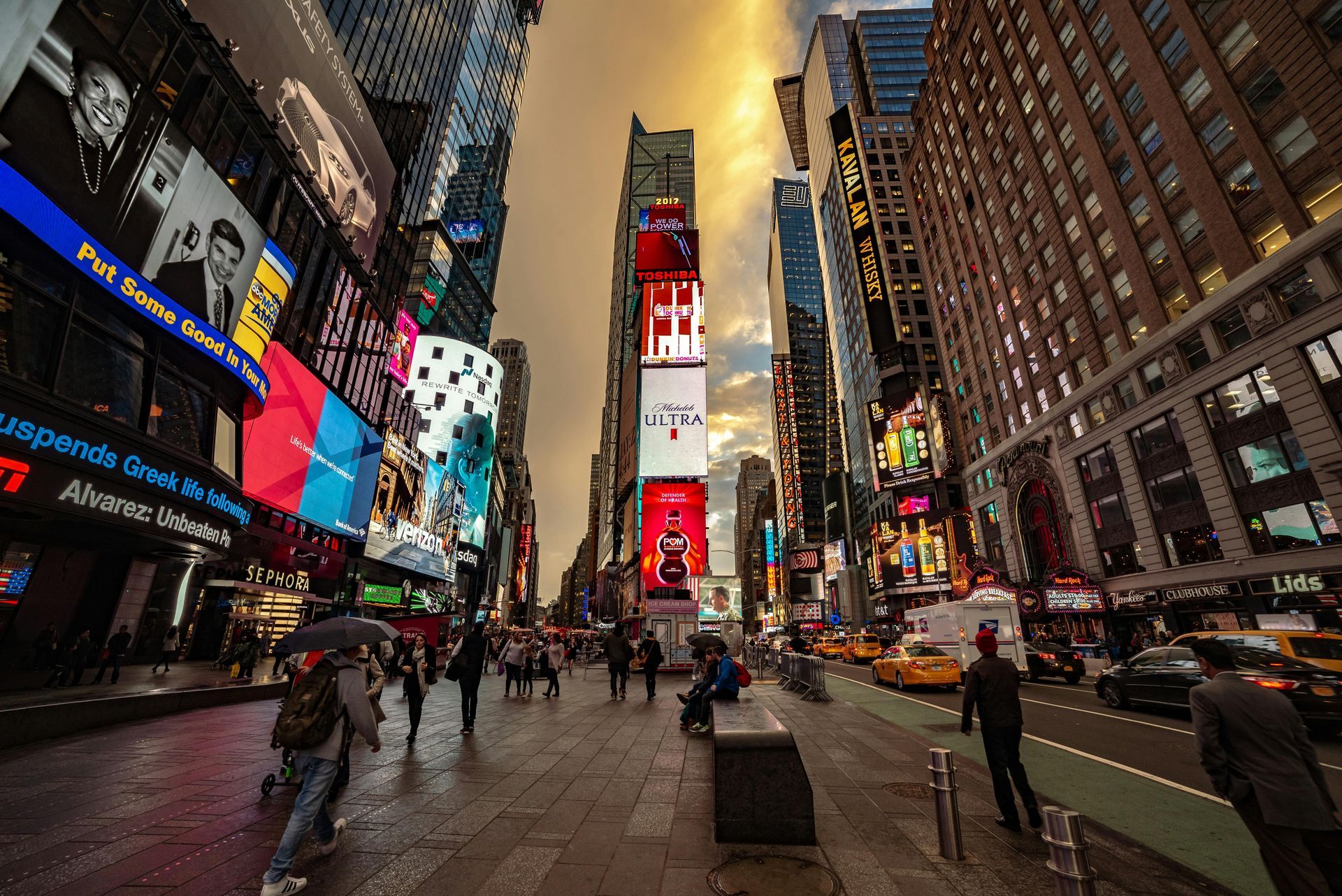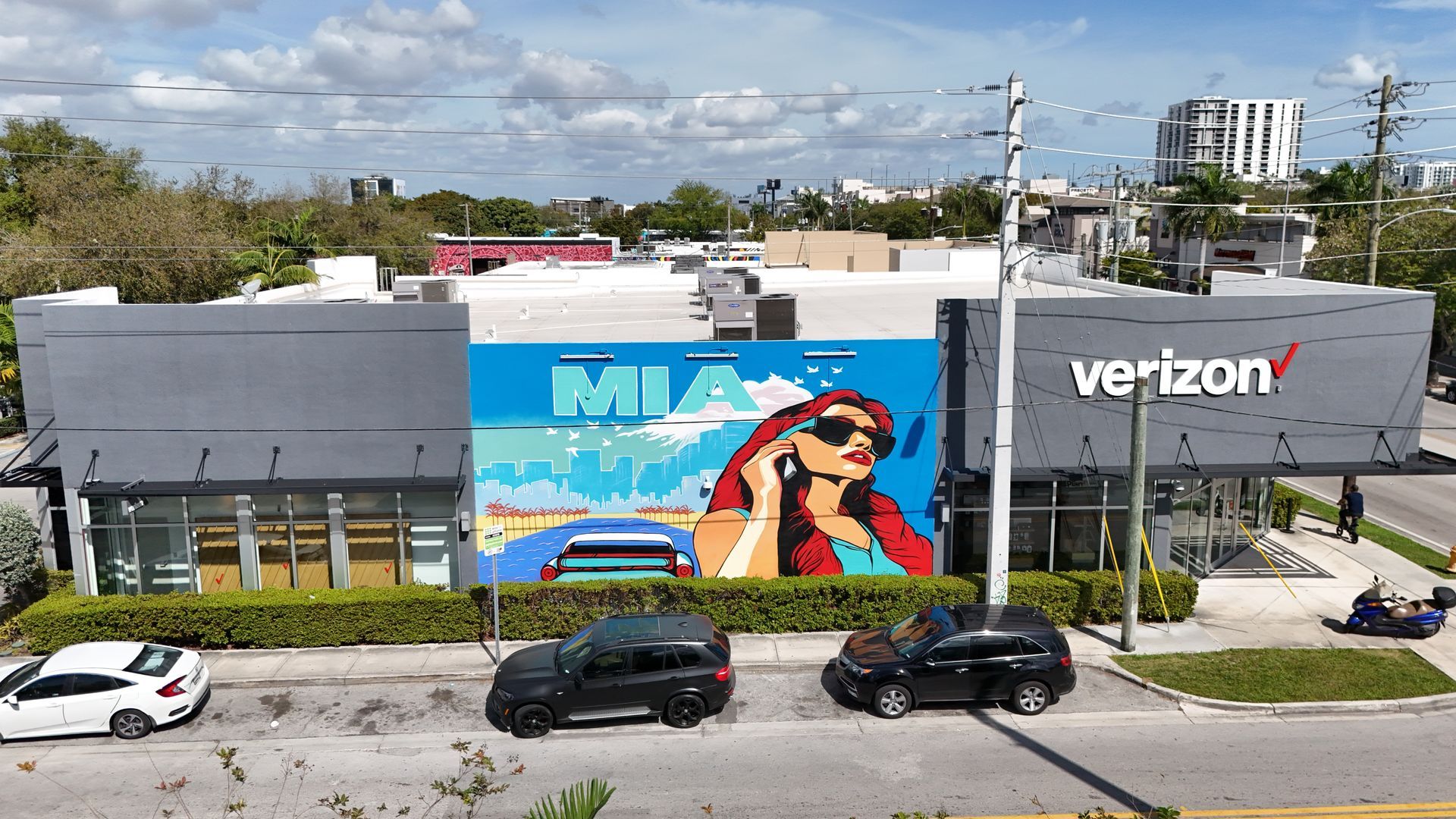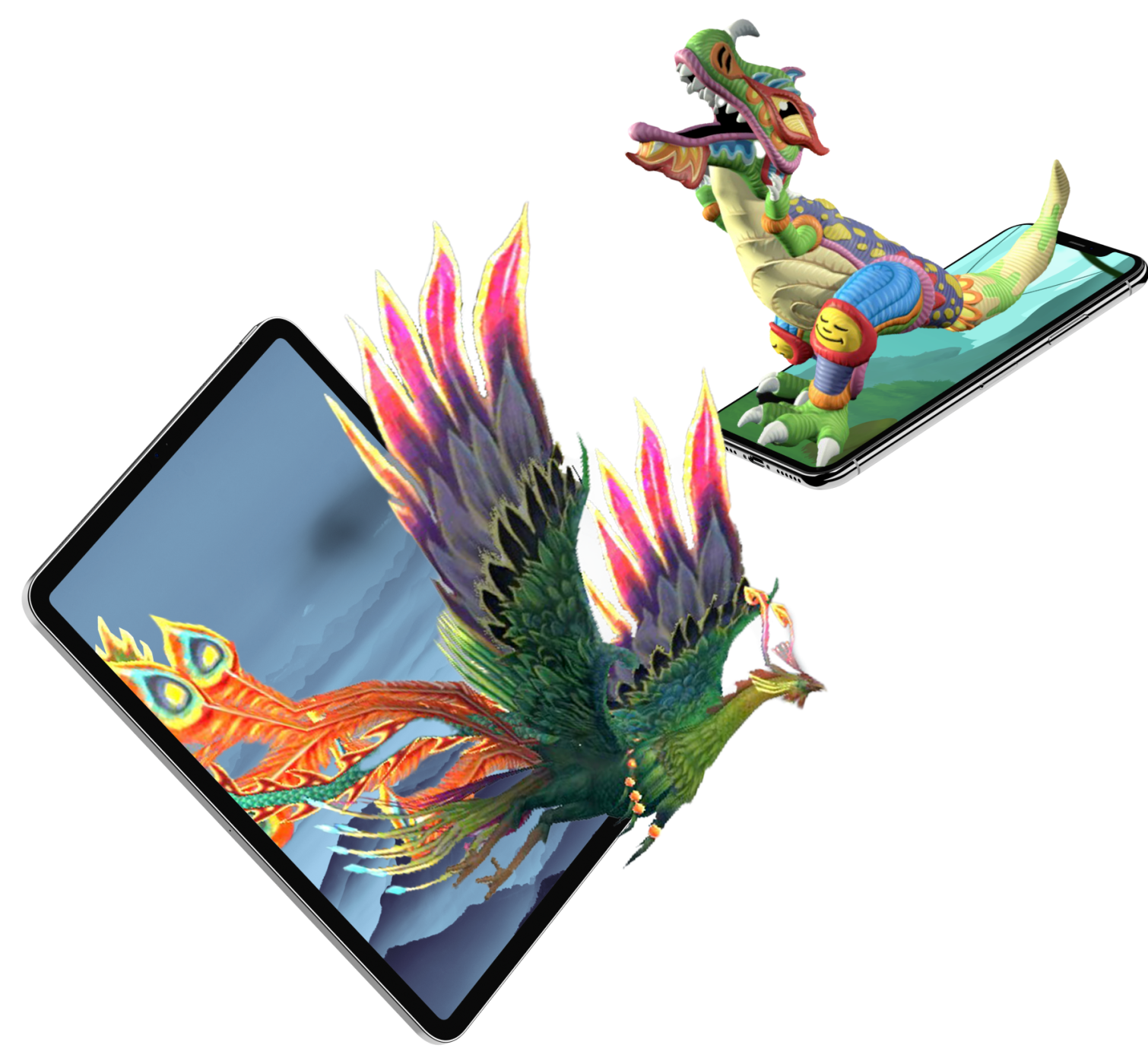Augmented Reality in the Beauty Industry
1. Introduction
The beauty industry has long been synonymous with innovation, from formulating cutting-edge skincare products to pioneering immersive retail experiences. In recent years, one of the most exciting developments shaping this sector is the increasing adoption of augmented reality (AR). Initially seen as futuristic tech, AR now stands at the forefront of beauty brands’ efforts to enhance consumer engagement, streamline shopping, and drive sales.
According to aMcKinsey & Company report, the global beauty market demonstrates notable resilience and is expected to sustain steady growth. As online and offline channels evolve to meet digital-first consumer behaviors, AR solutions play an ever-more prominent role in bridging the gap between physical products and virtual experiences. This article will explore the rise of augmented reality in the beauty industry—covering market trends, consumer impacts, brand strategies, and a special spotlight on AR mirrors as a key innovation.
2. The State of the Global Beauty Industry
Market Size and Growth
The beauty industry continues to show robust performance. Insights from McKinsey & Company reveal that global beauty revenues have surpassed hundreds of billions of dollars, reflecting consistent consumer demand and product development. Projections indicate that the sector will maintain a compound annual growth rate (CAGR) of 4–5% over the next several years, signaling strong opportunities for both established players and emerging brands.
Several factors underpin this growth:
- Shift to Online Channels: E-commerce has democratized beauty, enabling consumers from all geographies to access a multitude of brands.
- Demand for Personalization: From shade matching to specialized skincare regimens, modern consumers seek products tailored to their unique needs.
- Rise of Social Commerce: Social media platforms have become key channels for product discovery, influencer marketing, and direct purchasing.
Key Trends in the Beauty Sector
The positive market trajectory is also shaped by evolving consumer values and technological innovations:
- Clean and Sustainable Beauty: Ethical sourcing, eco-friendly ingredients, and minimal packaging are now standard consumer expectations.
- Inclusivity and Diversity: Brands are expanding their product ranges to cater to diverse skin tones, types, and cultural preferences.
- Hybrid Products: Multi-functional items such as tinted moisturizers with SPF and skincare-infused makeup are gaining popularity.
- Tech-Driven Solutions: AI-powered diagnostics, virtual try-ons, and personalization platforms are revolutionizing the way consumers discover and experience beauty products.
Within this environment, augmented reality stands out as a key accelerator for brands aiming to differentiate themselves in a crowded market.
3. Understanding Augmented Reality in the Beauty Industry
What Is Augmented Reality?
Augmented reality (AR) superimposes digital elements—images, text, animations—onto a real-world environment. Unlike virtual reality (VR), which immerses users in a completely digital world, AR blends digital overlays with the physical surroundings, offering an interactive and visually engaging experience.
In beauty, AR often manifests in virtual try-on tools, allowing users to test makeup items—lipsticks, eyeshadows, foundations, and more—in real time. Using a smartphone camera or specialized in-store equipment, consumers can see how products look on their faces without applying them physically.
Why AR Matters for Beauty Brands
- Enhanced Customer Experience: AR infuses a “try-before-you-buy” approach into online shopping, reducing uncertainty for consumers.
- Reduced Returns: By providing a realistic preview of products, brands can minimize purchase dissatisfaction and reduce returns.
- Data-Driven Insights: Tracking user interactions within AR solutions reveals consumer preferences, helping brands refine marketing and product development.
- Personalized Marketing: When combined with machine learning, AR can provide hyper-relevant recommendations based on skin tone, facial shape, and style preferences.
4. How AR Is Revolutionizing the Beauty Customer Journey
Streamlining Discovery
With virtually endless product choices, deciding what to buy can overwhelm consumers. AR simplifies product exploration by:
- Instant Shade Matching: Facial recognition technology recommends foundation and concealer shades tailored to each user’s skin tone.
- Complementary Suggestions: Trying on a lipstick shade triggers suggestions for coordinating lip liners, eyeshadows, and blushes to complete the look.
This expedited process saves time, reduces guesswork, and is particularly effective both online and in-store.
Enabling Interactive Marketing Campaigns
Beauty brands harness AR to create memorable, interactive promotions:
- Social Media Filters: Platforms like Instagram and TikTok allow branded AR filters, letting users virtually test products and share the experience with friends.
- Gamified Experiences: Some brands develop quizzes or mini-games within their apps, encouraging playful exploration of their product lines.
By integrating AR into marketing strategies, companies can spark higher engagement, foster loyalty, and tap into viral social sharing.
Transforming the In-Store Experience
Despite the surge of e-commerce, physical retail spaces are evolving rather than disappearing. AR enhances in-store shopping by:
- Contactless Trials: Smart mirrors and touchless devices offer hygienic ways to test products without the need for physical samples.
- Interactive Displays: AR-enabled product displays convey detailed information and real-time tutorials, making the retail journey more informative.
These advancements effectively blend traditional retail tangibility with the speed and personalization of digital shopping, benefiting both customers and brands.

5. Augmented Reality Mirrors: Reinventing the Retail Space
One of the most impactful applications of AR technology in physical retail is augmented reality mirrors. These high-tech devices look like ordinary mirrors but are equipped with sensors, cameras, and advanced facial recognition algorithms to overlay digital makeup, skincare visuals, or hair-color transformations onto a shopper’s reflection.
How AR Mirrors Work
AR mirrors typically employ:
- Camera Integration: Built-in cameras that capture a real-time video feed of the shopper’s face or hair.
- Facial Mapping: Advanced software that identifies facial landmarks (eyes, lips, cheeks) or hairlines to accurately position virtual products.
- Digital Overlays: Virtual representations of cosmetics, including lip color, eyeshadow, and blush, layered over the shopper’s reflection in real time.
This technology offers a seamless way to experiment with products—even entire looks—without applying them physically. It also addresses hygiene concerns, particularly relevant in a post-pandemic world.
Benefits of AR Mirrors for Retailers and Shoppers
- Enhanced Engagement: Shoppers are drawn to the novelty of testing multiple products quickly and conveniently.
- Time Efficiency: Trying on new looks can take seconds rather than minutes. This is especially beneficial in high-traffic retail settings.
- Lower Risk of Returns: Seeing how a product appears on a real reflection boosts buying confidence, reducing the likelihood of dissatisfaction.
- Personalized Recommendations: Some AR mirrors integrate with brand databases to offer custom recommendations, turning the mirror into an in-store beauty consultant.
Moreover, these mirrors can collect valuable data on consumer preferences, helping brands understand popular shades, product pairings, and demographic trends. This feedback loop creates a more responsive, customer-centric retail environment.
Success Stories with AR Mirrors
- Sephora: Their in-store smart mirrors have elevated the sampling experience by letting customers virtually test products without opening new samples.
- Charlotte Tilbury: Some flagship stores feature “Magic Mirrors,” enabling customers to see full-face makeup transformations instantly.
- L’Oréal: The brand has installed AR mirrors in select partner stores to promote cross-selling opportunities and gather valuable shopper insights.
As adoption grows, AR mirrors are poised to be a defining feature of modern beauty retail, appealing to tech-savvy consumers and helping brands differentiate their in-store experiences.
6. Case Studies: Brands Excelling with AR
Sephora Virtual Artist
Sephora is a leading pioneer in augmented reality with its Sephora Virtual Artist tool. This application allows users to experiment with thousands of lipsticks, eyeshadows, and foundations from their mobile devices. By integrating AR with its loyalty program, Sephora gleans consumer data on preferred shades and products, enabling the brand to deliver highly targeted promotions.
L’Oréal’s Virtual Try-On
L’Oréal has made significant strides in beauty tech through strategic acquisitions of AR and AI start-ups. Their virtual try-on feature is now embedded across numerous brand websites and social media channels, streamlining the decision-making process for customers. This initiative has helped L’Oréal stand out in a crowded market, contributing to robust online sales growth.
Estée Lauder’s Lipstick App
Estée Lauder’s AR-powered app caters specifically to lipstick lovers, allowing them to try on various shades and finishes under different lighting conditions. Beyond color testing, the app provides personalized skincare insights and product suggestions, making the user’s journey both engaging and unique.
7. The Impact of AR on E-Commerce and DTC Brands
Boosting Conversion Rates
For direct-to-consumer (DTC) beauty brands operating primarily online, AR has proven transformative. Virtual try-on features alleviate the uncertainty of buying cosmetics without physically testing them. This improvement in product confidence often translates to higher conversion rates.
Building Consumer Trust
Online shoppers worry about color accuracy and product authenticity. AR bridges this gap by providing near-realistic previews. Consumers who see accurate, high-fidelity representations of shades and finishes are more inclined to trust a brand and complete a purchase.
Encouraging Repeat Purchases
Data gleaned from AR interactions—such as product preferences and usage frequency—enables brands to refine future recommendations. This personalized approach to marketing fosters brand loyalty, driving repeat purchases and elevating customer lifetime value.
8. Challenges and Considerations
Despite numerous advantages, implementing AR in the beauty industry involves certain complexities:
- Technological Barriers: Delivering smooth AR experiences calls for advanced image recognition, fast processing, and robust network connectivity.
- Accuracy Concerns: Skin tone nuances and lighting variations can hamper the realism of AR overlays, necessitating continuous calibration.
- High Upfront Costs: Developing or licensing sophisticated AR software and hardware can be expensive for emerging or smaller brands.
- User Education: While AR is growing in popularity, not all consumers are familiar or comfortable with it. Clear instructions and intuitive interfaces are key.
Brands that address these challenges proactively stand to reap substantial benefits from AR’s potential.
9. Future Outlook: The Next Frontier of AR in Beauty
AI Integration for Hyper-Personalization
When augmented reality converges with artificial intelligence, the possibilities expand exponentially. Next-generation AR tools could analyze skin conditions, undertones, and user habits to suggest the most suitable makeup or skincare items—delivering an unprecedented level of personalization.
Virtual Influencers and Live Commerce
As live shopping events grow in popularity, brands may incorporate virtual influencers to demonstrate products in real time. Shoppers can then apply these looks instantly via AR filters, blurring the line between entertainment, social media, and retail.
Advanced In-Store Experiences
Retailers are expected to invest more in AR technology to create immersive environments:
- 360-Degree Displays: Curated digital walls showing how makeup appears in different lighting or settings.
- On-the-Spot Consultations: Smart mirrors or screens could provide real-time skincare analyses and recommend customized routines.
Data Privacy and Ethical Use
As AR technology becomes more prevalent, so do concerns regarding data privacy. Brands must handle biometric data ethically and comply with relevant regulations. Ensuring fairness in facial recognition (particularly for diverse skin tones) will be essential for building consumer trust.
11. Conclusion
Augmented reality represents a paradigm shift in how consumers discover, experience, and purchase beauty products. From virtual try-ons that eliminate guesswork online to AR mirrors that transform in-store shopping, the technology has rapidly progressed from a novelty to an industry staple. This shift is underpinned by strong market performance—highlighted in McKinsey & Company’s report—where continuous growth is anticipated in the years to come.
For brands, the potential of AR is immense. By embracing solutions that fuse digital innovation with personalized, tangible experiences, beauty companies can stand out in a competitive landscape. At the same time, consumers benefit from a more convenient, hygienic, and engaging way to explore makeup and skincare. While implementation challenges persist—ranging from tech hurdles to concerns about data privacy—forward-thinking brands are already leveraging AR to streamline the consumer journey, drive sales, and foster deeper loyalty.
As augmented reality technology evolves, expect even more sophisticated integrations with artificial intelligence, the rise of virtual influencers, and increasingly immersive in-store experiences. In an industry perpetually shaped by consumer demand and technological breakthroughs, AR is set to remain a driving force, reshaping beauty retail for both digital natives and those seeking the next level of customer-centric innovation.
TALK TO A PRO
We're here to bring your brand to life!
Stay Connected with BrandXR
Create Augmented Reality for Free!
Create, Publish, and Measure 3D Augmented Reality Experiences Without Having to Code.
